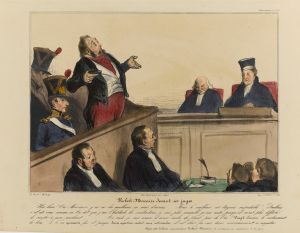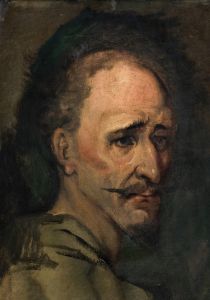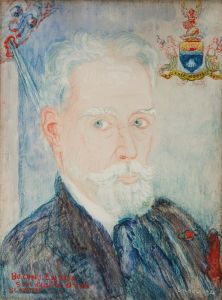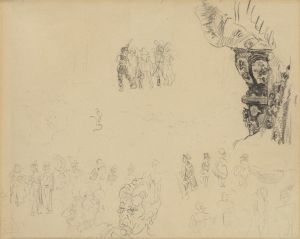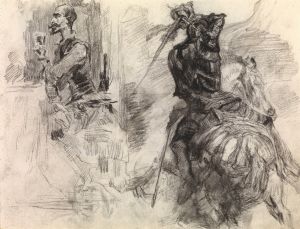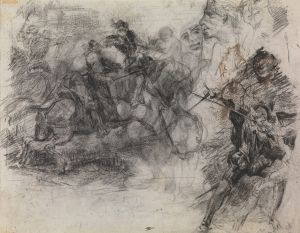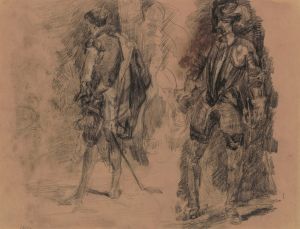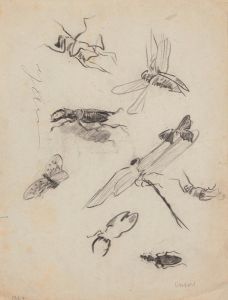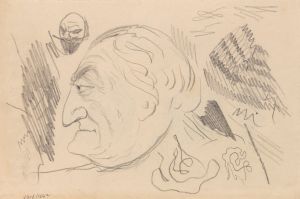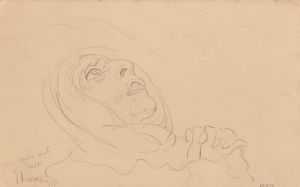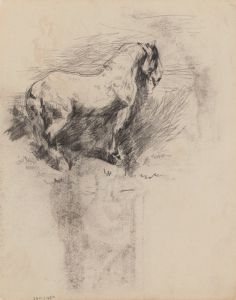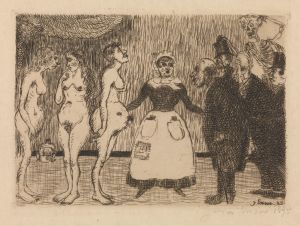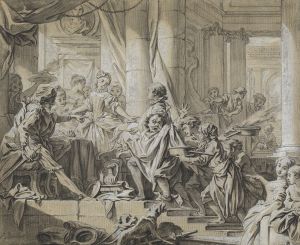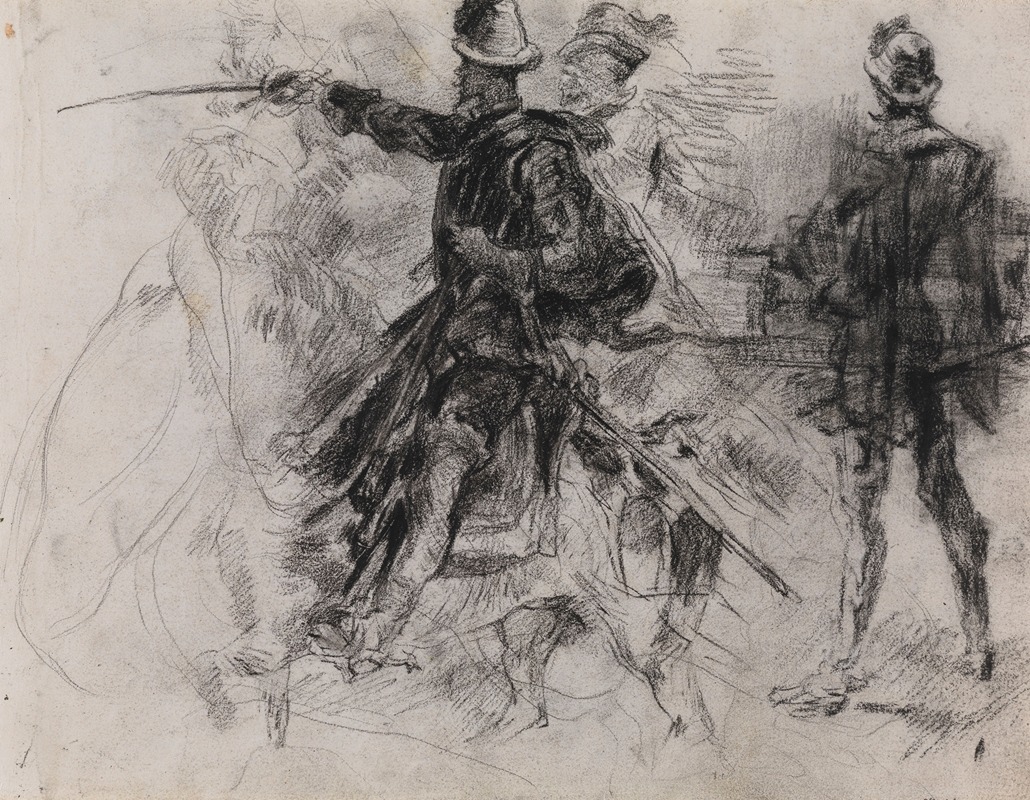
Don Quixote
A hand-painted replica of James Ensor’s masterpiece Don Quixote, meticulously crafted by professional artists to capture the true essence of the original. Each piece is created with museum-quality canvas and rare mineral pigments, carefully painted by experienced artists with delicate brushstrokes and rich, layered colors to perfectly recreate the texture of the original artwork. Unlike machine-printed reproductions, this hand-painted version brings the painting to life, infused with the artist’s emotions and skill in every stroke. Whether for personal collection or home decoration, it instantly elevates the artistic atmosphere of any space.
James Ensor, a prominent Belgian painter and printmaker, is known for his unique and often surreal style that combines elements of symbolism and expressionism. One of his notable works is "Don Quixote," which reflects his fascination with fantastical and literary themes. Ensor's interpretation of the iconic character from Miguel de Cervantes' novel "Don Quixote" showcases his distinctive artistic approach and thematic interests.
James Ensor was born in 1860 in Ostend, Belgium, and spent most of his life there. He was a leading figure in the Belgian avant-garde movement and played a significant role in the development of modern art in Europe. Ensor's work is characterized by its bold use of color, intricate detail, and often grotesque or satirical subject matter. He was particularly interested in themes of masks, skeletons, and carnival imagery, which he used to explore the complexities of human identity and society.
"Don Quixote" by James Ensor is a painting that captures the essence of the titular character's quixotic adventures and his delusional pursuit of chivalric ideals. Ensor's depiction is likely influenced by his interest in the absurd and the fantastical, aligning with the novel's themes of illusion versus reality. While specific details about the painting's creation, such as the exact date and medium, are not widely documented, it is consistent with Ensor's broader body of work that often revisits literary and historical subjects.
Ensor's "Don Quixote" can be seen as a reflection of his broader artistic concerns, particularly his interest in the tension between reality and illusion. This theme is central to Cervantes' novel, where Don Quixote, an aging nobleman, becomes so enamored with tales of chivalry that he sets out on his own adventures, seeing the world not as it is but as he imagines it to be. Ensor's interpretation likely emphasizes the whimsical and tragicomic aspects of the character, aligning with his own artistic sensibilities.
Throughout his career, Ensor was known for his innovative use of color and light, often employing a vibrant palette to convey emotion and atmosphere. This approach is evident in his depiction of Don Quixote, where the use of color might serve to highlight the dreamlike quality of the character's adventures. Ensor's work often blurs the line between reality and fantasy, making his "Don Quixote" a fitting subject for his exploration of these themes.
James Ensor's contribution to modern art is significant, and his works continue to be studied and appreciated for their originality and depth. His interpretation of Don Quixote stands as a testament to his ability to engage with complex literary themes and translate them into visual art. While specific details about the painting may be limited, Ensor's broader oeuvre provides valuable context for understanding his artistic vision and the enduring appeal of his work.






